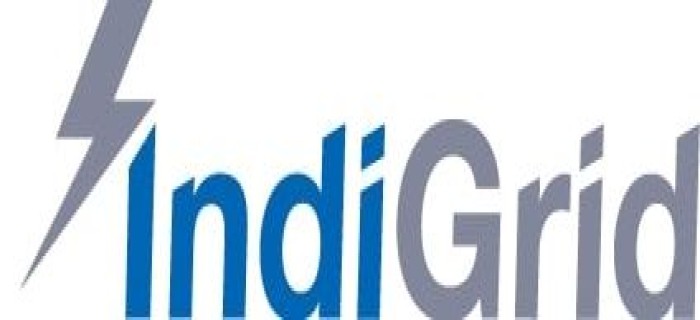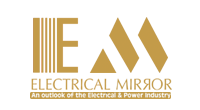
Asset Health Indexing of EHVAC Substation Equipment
13 Nov 2024
To maximise revenue, a robust asset management framework is in place at IndiGrid to ensure robust and prudent asset management programme, devise strategies and plan prudently to meet IndiGrid vision. This framework duly considers the sector specific conventional practices being followed and the global best practices from closely related sectors like power generation, renewable and other sectors which leads to risk adjusted asset management of power transmission assets, enabling to unlock maximum value to our stakeholders Below is graphical representation of the asset management framework.
The Asset Health Index (AHI) is an advanced tool used in asset management to evaluate and monitor the condition and performance of physical assets. By combining multiple indicators in to a single, aggregated score, the AHI provides a comprehensive, quantitative measure of an asset’s health. This index is crucial for organizations aiming to optimize asset performance, optimize productivity, extend asset lifespan, and minimize costs and risks as predictive maintenance practices.
Condition assessment using data analysis plays a pivotal role in determining the Asset Health Index (AHI) of various assets. This index is crucial for optimizing maintenance and replacement strategies,ensuring that resources are efficiently allocated, and asset longevity is maximized. The assessment process involves the collection of diverse data types, including manufacturer specifications, field observations, test data, and historical records. By leveraging these data points, a comprehensive picture of each asset’s condition is formed.
The co-creation approach in developing the Asset Health Index (AHI) is a strategic move that not only sets it apart from existing OEM solutions but also ensures a highly effective, customizable, and user-centric product. By capitalizing on the combined strengths of partners and in-house teams, this approach delivers a solution that is not only innovative and adaptable but also perfectly aligned with the specific needs of the industry.
1. Data Fragmentation and Inconsistency:
• With assets spread across various locations, data collection often occurs in silos, leading to fragmented and inconsistent data.
• Disparate data sources hinder the ability to obtain a unified view of asset health and performance.
2. Resource Limitations:
• Limited competencies and expertise in analyzing vast amounts of data across different asset types and geographical regions.
• Insufficient tools to efficiently process and interpret data, leading to delays and inaccuracies in decision-making.
3. Inefficient Monitoring and Maintenance:
• Without a centralized platform, tracking the condition and performance of each asset becomes labor-intensive and error-prone.
• Reactive maintenance practices prevail over proactive strategies, resulting in higher downtime and increased costs.
4. Risk Management:
• Difficulty in identifying and prioritizing critical assets needing immediate attention.
• Increased likelihood of unforeseen failures and incidents due to lack of real-time monitoring and predictive analytics.
5. Strategic Planning Challenges:
• Inability to effectively plan and allocate resources for maintenance, upgrades, and replacements.
• Challenges in justifying investment in asset health improvement without robust datadriven insights



leave your comment